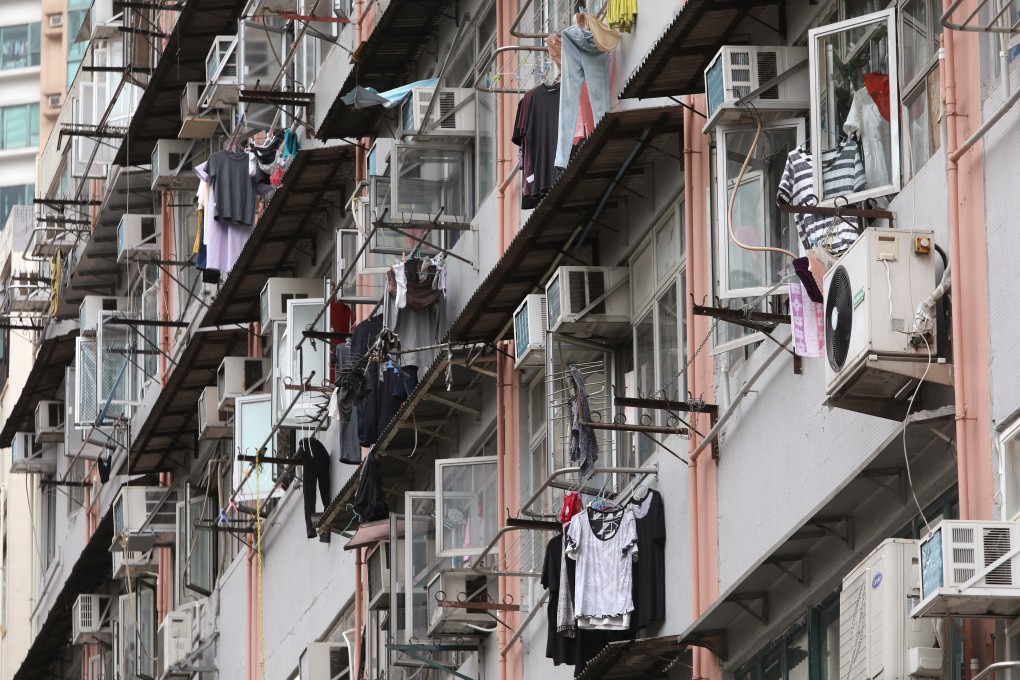Explainer | What does 1 degree on the thermostat mean for climate change?
- A 1-degree difference on the thermostat translates to HK$1,100 in annual electricity bill for a 3,000-sq ft space in Hong Kong, according to CLP Power
- That translates to a saving of 292 kilogrammes of carbon emissions, based on CLP’s 2021 greenhouse gas emission footprint of 0.39 kg per kWh

The hottest day of this year’s heat wave is bearing down on us. The sun’s scorching effect on Earth will be at its peak on the 12th of the lunar calendar’s 24 solar terms - known as Dashu - which falls on July 23 this year.
That would add to the number of consecutive “very hot days,” when daily top temperature soars beyond 33 degrees Celsius (91.4 degrees Fahrenheit).
So far, Hong Kong has experienced nine consecutive such days since July 8, the sixth longest streak since records began at the city’s observatory. Another 11 such scorchers have been forecasted to run through July 29.
Such blistering heat inevitably invites office workers to reach for the air conditioner switches. What does 1 degree difference on the thermostat translate to in electricity tariff, in carbon emissions and environmental terms to Earth?
According to a spokesperson at CLP Power Hong Kong, one of the city’s two electricity utilities, keeping the thermostat 1 degree higher in summer translates to 3 per cent savings in electricity consumption for a 3,000-square foot (278.7 square metres) office space.
This amounts to around 750 kilo-watt-hours of electricity per year, saving around HK$1,100 (US$140) on their annual power bills.
